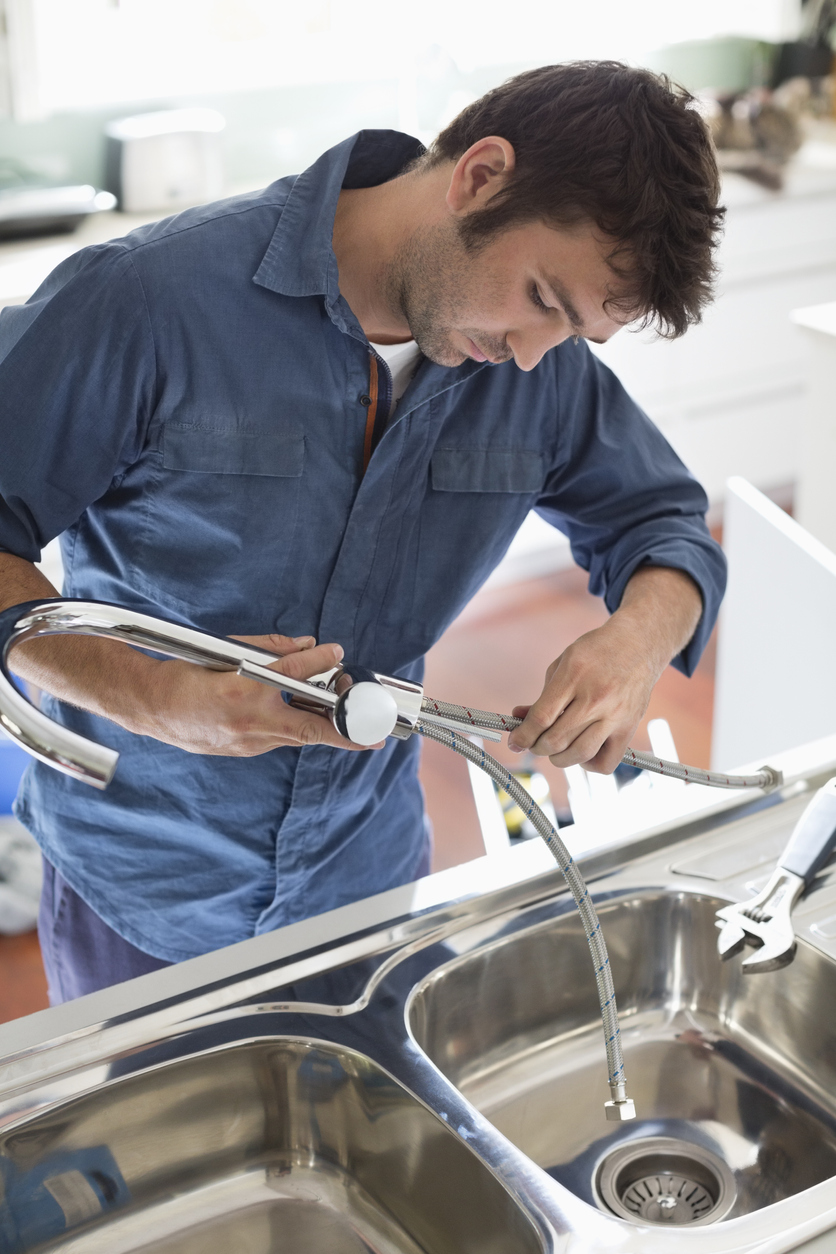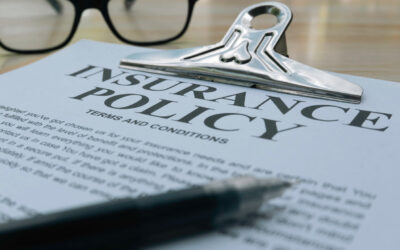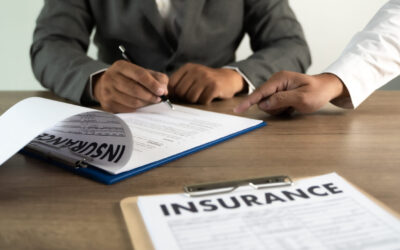Plumbers
Plumbers
Plumbers install, service, repair, and replace piping and fixtures that connect to water mains or wells, appliances, gas utilities, irrigation systems, sewers, and sprinkler systems. Work includes cleaning out obstructions that may disrupt the delivery of the water or gas supply or prevent the removal of waste materials. Plumbers may offer services to the general public, or specialize in residential or commercial work, new construction, or remodeling. Plumbing operations involve cutting metal or plastic (PVC) piping to length and assembling it by means of threaded couplings, adhesives, or by soldering, brazing or welding. Pipes may be located in ceilings, behind walls, under floors, or underground. Some plumbers are in business for themselves, some work for plumbing companies, and others work for construction contractors. Some plumbing contractors provide retail sales of hardware and appliances and offer remodelling services for kitchens and bathrooms. The contractor may offer 24-hour emergency service.

Property Exposures
Property exposures may be limited to an office and storage yard for equipment and supplies or include shop operations or retail sales. If the contractor constructs their own
Read More...
piping on-premises, the potential for fire or explosion increases due to sparks and flames produced by the welding process, which involves the use of tanks of gases that must be stored and handled properly. There should be basic controls such as chained storage of the tanks in a cool area and the separation of welding operations away from combustibles, either in a separate room or with flash/welding curtains. PVC piping may release toxic fumes should a fire occur. Plastic piping typically uses adhesives that contain a flammable solvent. Handling and storage of flammables need good controls. If repair work on vehicles and equipment is done in the building, fire hazards may be much higher due to flammables such as lubricants, oils, and degreasers. Plumbing materials that include copper or brass can be targeted by thieves. If these are stored on premises, appropriate security controls should be taken including alarms, lighting, and physical barriers prohibiting access after-hours.
Inland Marine Exposures
Inland marine exposures include contractors’ equipment and valuable papers and records for customers’ and suppliers’ information. There may be
Read More...
accounts receivable if the plumber offers credit to customers, computers for tracking inventory, goods in transit, or installation exposures. Backup copies of all data should be stored off-premises. Contractors’ equipment includes employees’ tools and equipment that may be rented, leased or borrowed from others for specific jobs. Goods in transit includes supplies (adhesives, caulking, welding tanks) and materials to be installed. Hazards in transit include collision, shifting of goods during transport, and oversized loads. Improper loading o inadequate tie down increases the potential. Equipment at a job site can be damaged by drops from heights, weather damage, or by vehicles. Equipment and supplies left at job sites are subject to theft and vandalism. If the plumber rents, leases or borrows equipment or rents, leases or loans equipment to others, the lease contract should specify responsibilities for providing insurance.
Crime Exposure
Crime exposures are from employee dishonesty, including theft of customers’ goods by the contractor’s employee. Background checks, including criminal history,
Read More...
should be performed on all employees handling money. There must be a separation of duties between persons handling deposits and disbursements and reconciling bank statements. If customers pay the plumber at the job site, receipts should be provided. Plumbing materials that include copper or brass can be targeted by thieves.
Premises liability exposures
Premises liability exposures at the contractor’s shop or office are generally limited due to lack of public access. If there are retail sales, the exposure increases
Read More...
as customers may slip,trip or fall. Outdoor storage may present vandalism and attractive nuisance hazards. Off-premises exposures are extensive. The area of operation should be restricted by barriers and proper signage to protect the public from slips and falls over tools, power cords, building materials, and scrap. Plumbing work can be invasive as access to pipes may require removing a section of wall or flooring. There may be a high potential for property damage when removing old plumbing and piping and installing new. Welding presents potential for burns or setting the
property of others on fire if not conducted safely. In enclosed structures, the buildup of fumes from adhesives or sewer gases can result in bodily injury. Personal injury exposures include assault and battery and invasion of privacy. Background checks should be conducted for any employee who will have regular contact with customers. The use of subcontractors as well as any contractual liability exposures should be examined.
Completed Operations Liability Exposures
Completed operations exposure can occur from faulty workmanship or improper installation if the plumbing or piping is not properly installed, resulting in leaks
Read More...
or water damage. Bacteria from leaking sewage connections can cause illness, as well as substantial property damage from hidden mold and fungus. In larger jobs, such as sprinkler installation, accidental discharge or the failure of the system to operate properly represents a potentially catastrophic exposure from water damage or fire. If the plumber installs natural gas household appliances, poor connections can result in carbon monoxide poisoning or an explosion.
Environmental Impairment Exposures
Environmental impairment exposures can be very high due to the removal, transport, and disposal of waste and old insulating materials from structures. Some of
Read More...
these materials may be contaminated with waste or include lead piping and asbestos insulation. Spillage and leaking of pollutants into the air, ground, or water can result in high cleanup costs and fines. Disposal procedures must adhere to all EPA and other regulatory standards. Adequate procedures should be in place and must be followed to prevent any leakage or contamination. Training and
supervision of employees are critical.
Automobile Exposures
Automobile exposures include the transportation of workers, equipment and materials to and from job sites. If there is work at heights, vehicles may carry scaffolding, lifts, and similar
Read More...
equipment that require special tie-down procedures. There may be transportation of hazardous waste to approved landfills. All drivers must be well-trained and have valid licenses for the type of vehicle being driven. MVRs must be run on a regular basis. Random drug and alcohol testing should be conducted. Vehicles must be well maintained with records kept in a central location.
Drivers may need a hazardous materials (“hazmat”) endorsement to transport some waste and old insulating materials removed from structures.
Workers Compensation Exposures
Workers compensation exposures vary based on the size and nature of the job. Cuts, scrapes, puncture wounds, or amputations from cutting tools may occur.
Read More...
Any injury that breaks
the skin may become infected from contaminated materials or sewage. Back injuries, hernias, strains, sprains can result from lifting and working from awkward positions such as in confined spaces. Burns from welding operations can occur both at the yard site and job site. Welding should be conducted in well-ventilated areas to reduce the exposure to injury from fire, fumes, and vapors which can cause eye, skin, and lung irritations. If the contractor does any excavation to connect to utilities or to install sprinklers and irrigation systems, bodily injury can result from digging and trenching. Additional sources of injury include electric shock, foreign objects in the eye, hearing impairment from noise, repetitive motion injuries, temperature extremes, and auto accidents during transportation to and from job sites. When work is done on ladders and scaffolds, there is a potential for severe injury or death from falling, being struck by
falling objects, or adverse weather conditions. The danger is reduced if there is good maintenance of scaffolds and other equipment, proper use of protective equipment, and strict
enforcement of safety practices. There is occupational disease potential from inhaling
asbestos, lead, mold, raw sewage, rodent or bird droppings, or other contaminants.
Coverages to consider but not limited to:
Builder’s Risk, Contractor Professional Liability, Pollution Liability, Business Personal Property, Accounts Receivable, Contractors’ Equipment and Tools,
Read More...
Goods in Transit, Installation Floater,
Valuable Papers and Records, Employee Dishonesty, General Liability, Employee Benefits Liability, Umbrella/Excess Liability, Automobile Liability and Physical Damage, Hired and Nonownership Auto, Workers Compensation, Building, Business Income with Extra Expense, Equipment Breakdown, Flood, Leasehold Interest, Legal Liability, Computers, Riggers Liability, Cyber Liability, Employment Practices Liability, Stop Gap Liability, Commercial Crime
Articles
Why Business Owners Should Prioritize Workers’ Compensation Insurance
A workplace injury can happen at any time, and when it does, the financial and legal consequences can be overwhelming. Employees are the foundation of any successful business, and ensuring their safety should be a top priority. Workers’ compensation for business...
Protecting Your Construction Business with the Right Insurance Coverage
Running a construction business comes with unique risks, from job site accidents to equipment damage and legal disputes. Unexpected setbacks can cause significant financial strain, delaying projects and impacting business operations. Securing comprehensive contractors...
How Liability Insurance Protects Your Contracting Business from Costly Risks
Running a contracting business comes with a unique set of challenges. Whether managing construction projects, working with heavy equipment, or overseeing multiple employees, unexpected incidents can create financial strain. A single accident, damaged property, or...
Don't wait before it's too late by calling our insurance agency today for business insurance. We're honored to provide our brand of outstanding service to large and small businesses throughout Texas.
Address
2219 Sawdust Road, Suite 501
Spring, TX 77380
Phone
(281) 751-6580



